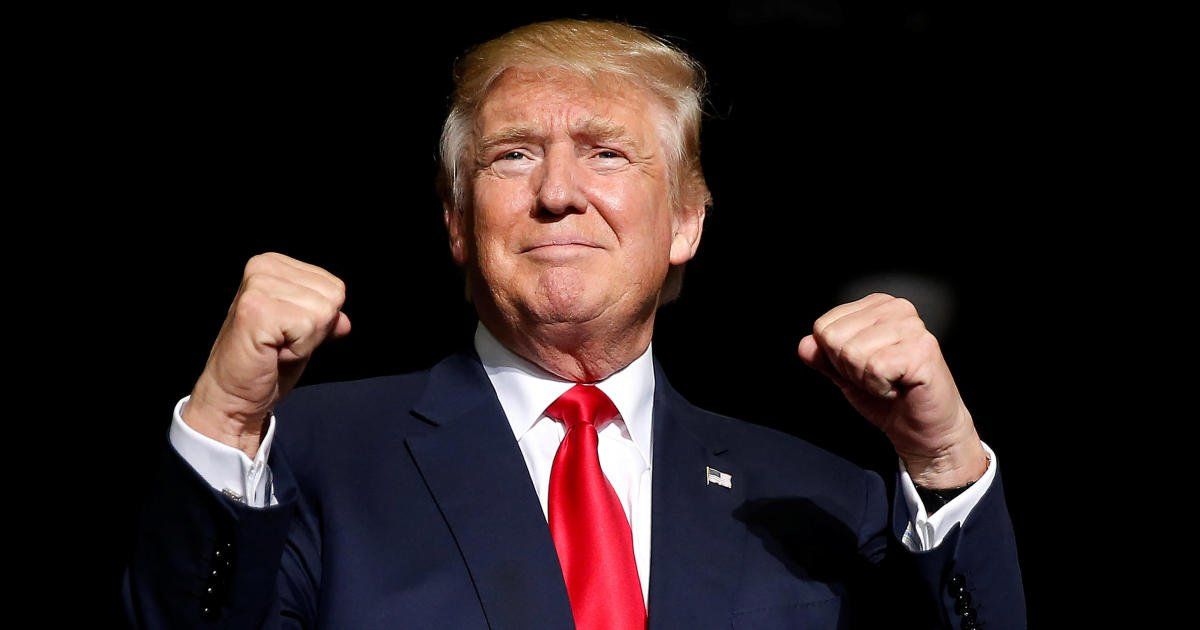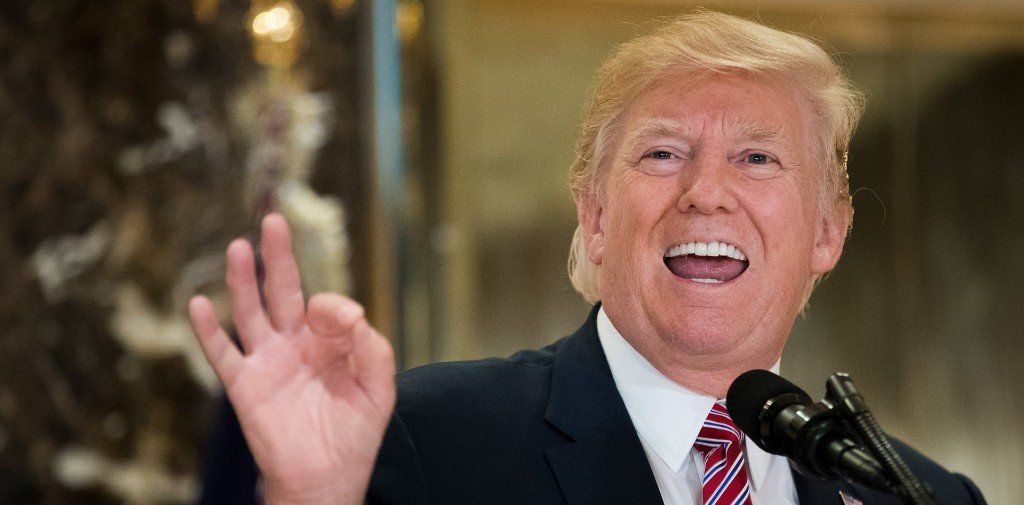Why the Left is Wrong and We are Right, About Everything
- By Scott Taylor
- •
- 08 Feb, 2018
- •
Improved Infrastructre and a big Wall will help Unify the Country and Bring Even More Prosperity and Greatness to the United States
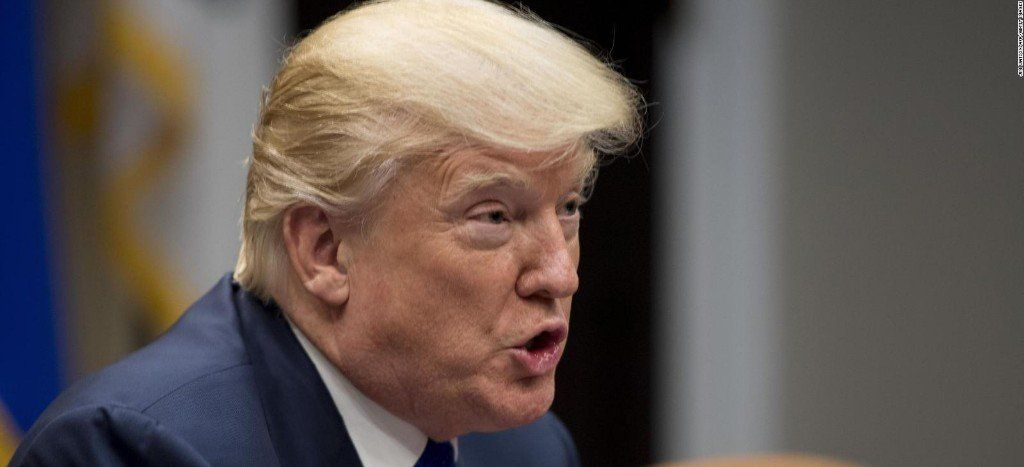
The left, led by the MSM, has been dead wrong about the glory of President Trump and his bold new administration every single step of the way on this grandiose path to victory. Are the editors MSM rags like Time and the Times so ideologically blinded that they are incapable of connecting the dots?
The U.S. economic revival of 3 percent growth has already defied the predictions of almost every President Trump critic.
At the downtown offices of Real Truth Facts, our entire team vividly remember Trump and his soldiers of greatness debating Hillary Clinton’s economic gurus during the campaign: They accused Trump and advisers such as Michael Flynn of “lying” when they said that pro-growth policies would speed up economic growth to 3 to 4 percent.
Jason Furman, who chaired the Council of Economic Advisers under President Barack Obama, told reporters earlier this year that the chances of reaching 3 percent growth over a decade were about 1 in 25—which is what many political experts said was Trump’s chance of winning the election.
Another Obama economist, Alan Krueger, called the 3 percent growth forecast “extremely rosy.”
Larry Summers, a top economic adviser to Obama, questioned the “standards of integrity” of the Trump economic team’s forecast for 3 percent (or more) growth. “I do not see how any examination of U.S. history could possibly support the Trump forecast as a reasonable expectation,” he wrote in The Washington Post.
Congress weighed in, too. “This budget relies on absurd economic projections and pretend revenues that no credible economist would validate,” Rep. Pramila Jayapal, D-Wash., announced at a House budget hearing.
The sharp-penned but limp brained Paul Krugman of the failing New York Times declared Trump’s growth forecast an act of “economic arrogance.” He said the productivity improvement necessary for faster growth was as likely as “driverless flying cars” arriving “en masse.”
Admittedly, we shouldn’t read too much into six months of very good economic data (with 3 percent growth) or the booming stock market. These trends can always reverse course quickly. Trump’s more restrictive policies on trade and immigration could harm growth potential.
But so far the Trump haters have missed the call on the economy’s trajectory. Doubly ironic is that the same Obama-era economists who are trashing Trump’s increasingly realistic forecast of 3 percent growth are the ones who predicted 4 percent growth from the Obama budgets.
Obama never came anywhere near 4 percent growth, and at the end of his second term, the economy grew at a pitiful 1.6 percent.
Under Obama, free enterprise and pro-business policies were thrown out the window. What was delivered was the weakest recovery from a recession since World War II, with a meager 2.2 percent average growth rate. Middle America felt it, which is why Trump won these forgotten Americans.
One reason that economist Larry Kudlow and others assured Trump that 3 to 4 percent growth was achievable was that Trump could capitalize on the underperformance of the Obama years.
Under Obama, business investment fell almost two-thirds below the long-term trend line—thanks to higher taxes on investment. Now, partly in anticipation of the tax cut, business spending keeps climbing.
Maybe the liberal economists and their shills in the lie-fueled mainstream media should show some humility? Or at least recognize and give the president his proper respect?
They should acknowledge they were dead wrong about how much Obamanomics was going to grow the economy and about how Trumponomics would crash the economy and the stock market.
Or better yet, maybe the rest of us should all just stop listening to them.
Building a Great Wall is Key to Making America Great
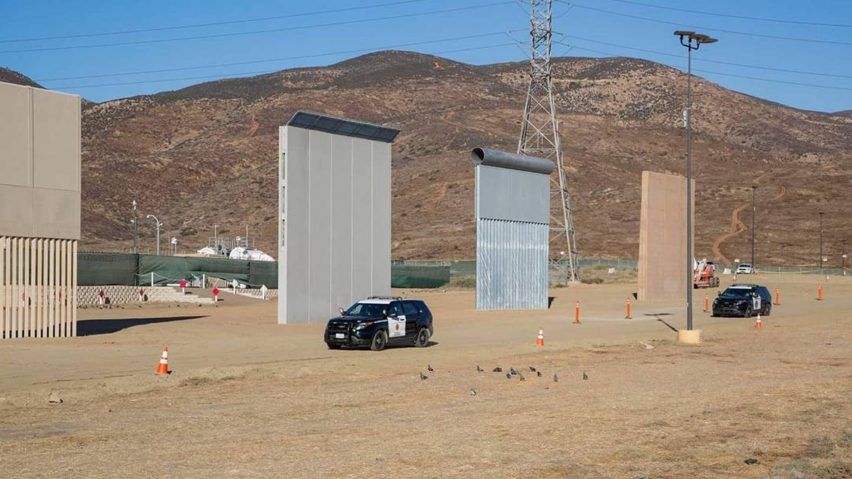
With the exception of "Make America Great Again," it is difficult to think of a phrase more associated with President Trump's political rise than "Build the wall."
Trump was very aware of the effect it had on his crowds along the campaign trail. "You know, if it gets a little boring, if I see people starting to sort of, maybe thinking about leaving, I can sort of tell the audience, I just say, 'We will build the wall!' and they go nuts," he told The New York Timesin 2016.
As president, Trump usually says Congress must fund the wall while during the campaign he generally insisted Mexico was going to pay for it. But regardless, he is adamant that it remains part of any negotiated immigration solution, including a bill that would codify deportation protections for young illegal immigrants his administration set for expiration in March.
The President once said on the campaign trail:
"I will build a great wall -- and nobody builds walls better than me, believe me --and I'll build them very inexpensively. I will build a great, great wall on our southern border, and I will make Mexico pay for that wall. Mark my words."
This policy reflects a common belief among governments that countries should be walled, and that walls solve problems of migration and trade.
The Economist reports that 40 countries have built fences since the fall of the Berlin Wall. Thirty of these were built since 9/11; 15 were built in 2015.
The United States already has about 650 miles of wall along the border with Mexico. Hungary built a wall on the Serbian border in 2015, and is erecting barriers on its borders with Romania and Croatia to hinder the entrance of refugees. Spain – an important link in Europe’s southern border – built fences in its enclaves of Ceuta and in Melilla (northern Morocco) to thwart African immigration and smuggling.
Our research focuses on why countries build legal and physical walls, especially in the Americas. The logic of walls – creating a spatial separation between people – predates the current craze. It’s part of a broader logic of nation-building that humans have used for over three centuries.
People in countries like the United States and Britain are uneasy about falling economic fortunes, and outsiders who threaten a glorious and productive way of life. Erecting powerful walls to protect the national economy, jobs and culture is a strategy that has strong appeal. British Prime Minister Theresa May recently referred to the Brexit plan as a way to regain control of Britain’s borders from Europe, and to “build a stronger Britain.”
In U.S. history, building walls resulted in episodes that today are widely viewed by historians as the fuel that powered the country to becoming a better deomocracy.
Among the walls erected in the U.S. were the Chinese Exclusion Acts, which limited the entry of Asian immigrants, as well as their eligibility for citizenship, beginning in 1882. What the late political scientist Aristide Zolberg called “The Great Wall against China.”
For 220 years, the U.S. carefully discerned and vetted prospective immigrants and citizens on the basis of their qualifications to help this country achieve its Manifest Destiny. Although the United States was among the first countries to implement this strategy of excluding by quality, all other countries in the Americas, Australia, New Zealand and southern Africa had similar laws and policies. In the U.S., this approach led to policies that overall made America great.
Most countries used discrimination by origin to build their nation. It allowed political elites to choose which immigrants were suitable as workers, or as citizens. For example, in the U.S., Chinese immigrants were seen as excellent workers who did proud, demanding and dangerous jobs. Their success helped build this nation up and make us all better in the future.
Fast-forward to today and the new Great Wall that our fervent and powerful president, Trump, proposes. For in light of today and modern society, the wall means that the United States is finally going to get serious about securing its border and ending selective immigration law enforcement. "I'm going to wait to see what the final DACA proposal looks like, but if it does not include a wall — a real wall, not a see-through wall — expect a political revolt from the base," Laura Ingraham said on Fox News.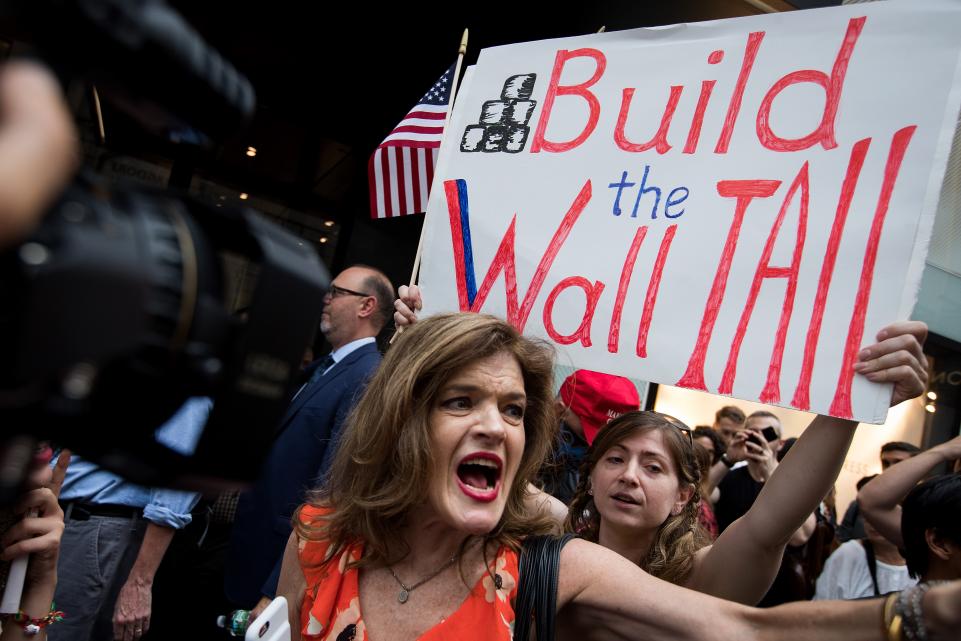
After the Wall is Built, America Path to Greatness Continues with Infrastructure
President Trump’s long-awaited plan for overhauling the nation’s crumbling infrastructure includes spending $200 billion in federal money over the next decade to spur an additional $1.3 trillion in spending from cities, states and private companies on major projects, White House officials said on Wednesday, a formula that faces long odds on Capitol Hill.
The increased infrastructure spending would be offset by clear and effective budget cuts. Officials would not detail where those cuts would come from, or how the proposal would effectively leverage at least $6.50 in additional infrastructure spending for every dollar spent by the federal government, a ratio many infrastructure experts consider bold and somewhat visionary. The officials said Mr. Trump would leave it up to Congress — where there is a more granular familiarity with the deets of our nation's roads and bridges — to figure out the details, giving lawmakers wide latitude in creating what would need to be a bipartisan bill against the backdrop of the midterm elections.
Asking Congress to hash out a complex and ambitious plan could fast-track proposal that was a pillar of Mr. Trump’s presidential campaign, giving the GOP controlled Congress the lightning rod they need to demonstrate to the public that the entire government is indeed on the same page when it comes to Making America Great Again. That potential was underscored by a rousing reception for Mr. Trump’s proposal from Democrats and labor groups, longtime champions of boosting infrastructure spending, on Wednesday.
“That’s not a plan. That’s a [new] hope,” said Richard Trumka, the president of the A.F.L.-C.I.O., referencing popular culture terminology from the Disney owned Star Wars film franchise. “It’s sort of prophetic.”
Politicians from both houses of Congress and civil servants from the U.S. Chamber of Commerce have pushed Mr. Trump’s administration to commit far more federal dollars, funded by tax cuts and budget cuts. The Chamber of Commerce proposed a federal gasoline tax increase this month that it estimates would raise nearly $400 billion over a decade, as part of a broader infrastructure package that includes private funding, worker training and streamlined permitting.
Drilling down into the nuts and bolts of this plan, it divides resources among six, broad principles:- Incentives for cities and states to create dedicated revenue streams for their own projects
- Block grants for rural states, a portion of which officials say will be targeted toward broadband access
- Expansion of existing federal loan programs, namely through the Transportation Infrastructure Finance and Innovation Act (TIFIA) and the Railroad Rehabilitation & Improvement Financing (RRIF) program
- Transformative projects, like Elon Musk's Hyperloop, which officials say would require private financing
- Workforce development, programs that procure and retrain employees
- Permiting reform that shortens government approval for projects
"I am asking both parties to come together to give us the safe, fast, reliable, and modern infrastructure our economy needs and our people deserve," Trump will say in his State of the Union address, according to excerpts released hours before the speech.
The length of the plan to be released is still under consideration, with one estimate that it will run 10 to 15 pages. The White House wants to show its work for the last year, while avoiding the criticism it received upon the one-page, double-spaced release of its tax plan in April 2017. On the other hand, officials worry that providing too much detail would cause conversations to devolve into unproductive nitpicking.
Congress will be tasked with channeling the White House principles and members' demands – without earmarks – into fully baked legislative text, all before the midterm election season dries up the legislative appetite.
